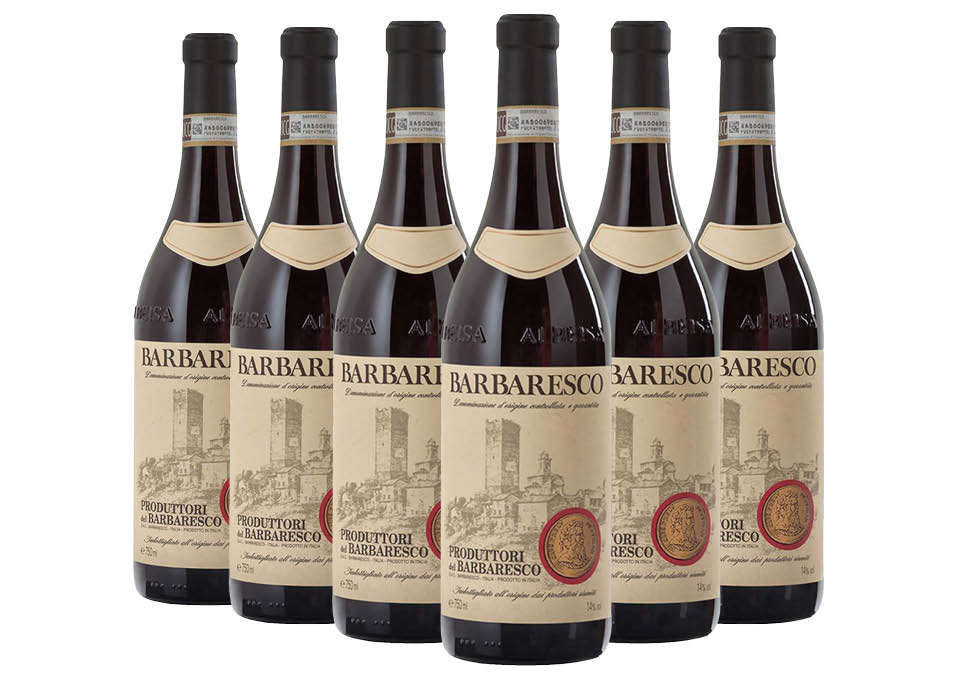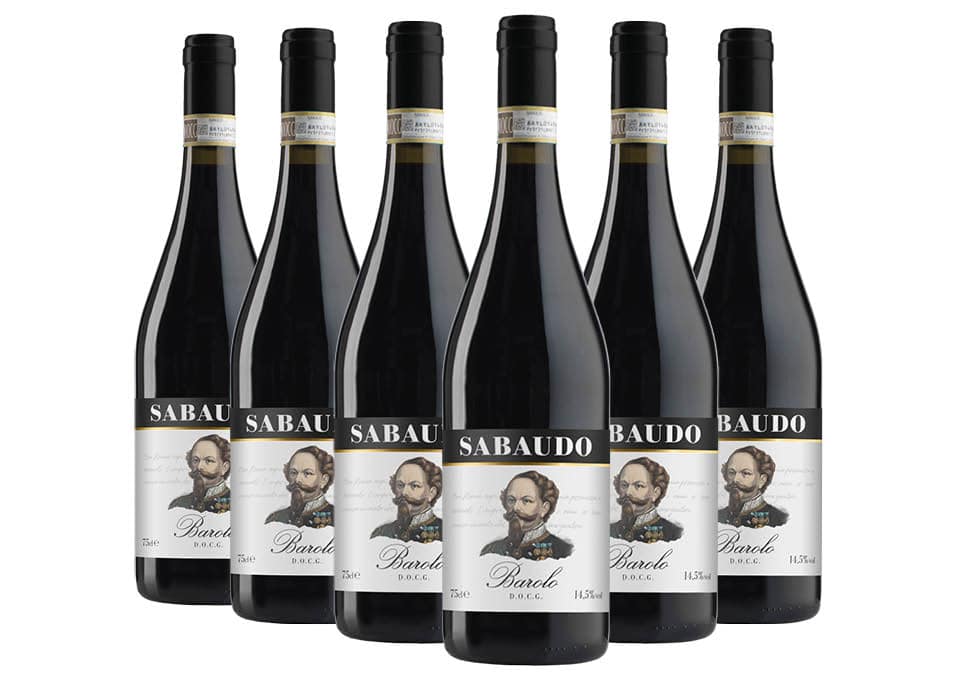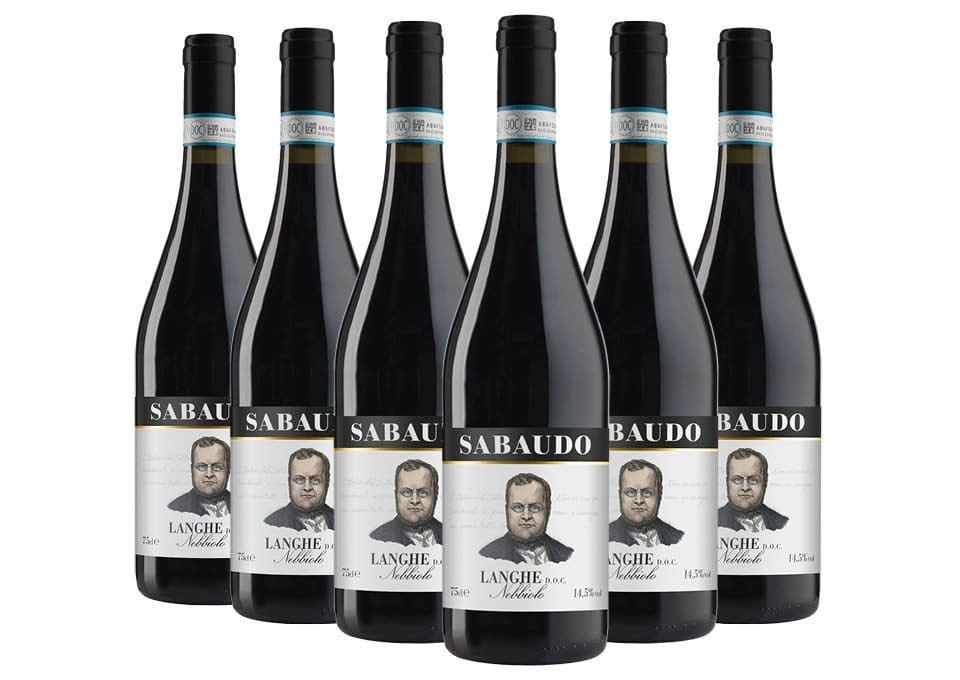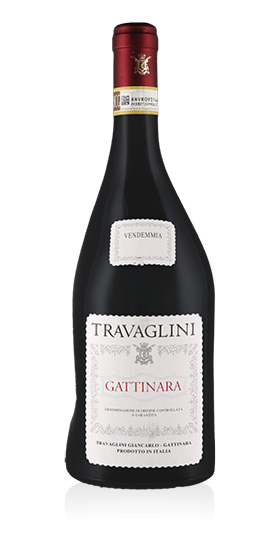Nebbiolo
Nebbiolo is one of the most ancient and noble grapes of the rich Italian ampelographic heritage. According to some, the name Nebbiolo derives from the fog that envelops the vineyards during the harvest. Nebbiolo produces red berried grapes and is native to Piedmont and in particular to the Langhe area, where it is able to express itself at very high levels in the appellations of Barbaresco and Barolo. Nebbiolo is also grown in the nearby region of Roero, in Valtellina with the name of Chiavennasca and in the small Sardinian enclave of Luras, where it was introduced by the Piedmontese in the 19th century. Also in the Piedmont area of Gattinara and Ghemme, near the Sesia river, Nebbiolo has found a territory of choice producing wines of great complexity and suitable for aging thanks to rare pedoclimatic conditions that combine excellent thermal excursions with alluvial and volcanic soils. .
Nebbiolo is an extremely territorial and demanding vine from a pedoclimatic point of view, so much so that it is grown almost nowhere else in the world outside its territory of origin. It has a late ripening, with harvest around mid-October and needs sunny, breezy exposures, but a cool climate with good temperature ranges. As for the soils, it prefers soils composed of clayey limestone marl, which enhance its natural elegance. With a vineyard area that in Italy amounts to almost 6000 hectares, it remains however the reference variety of Piedmont with the aforementioned Barolo and Barbaresco: two very different expressions of Nebbiolo that tell diversified production traditions based on aging techniques, duration and especially to the areas where it is cultivated, recognizable on the basis of the composition of the soil and exposure. Among these factors, the use of the wood chosen for aging has created, at least in the case of Barolo, different schools of thought and, in this specific case, has generated a rift between the supporters of more traditional methods of winemaking and the innovators who, according to the former, they would be guided by the adaptation of the product to the dominant taste in international markets. However, the expressive potential of Nebbiolo remains assured with respect to aging which, in addition to amplifying the aromatic range by giving very refined and pleasant tertiaries, manages to gain softness by smoothing a high acidity and a consistent tannic charge. In fact, Nebbiolo remains one of the few grape varieties capable of combining power and expressive finesse: the refined bouquet combines a dense tannic texture and high acidity, which always guarantee great balance and remarkable longevity.
Buy Nebbiolo
For those who know or closely attend the world of wine, buying a good bottle of Nebbiolo can be an almost daily experience. This is because with Nebbiolo we are dealing with a main grape variety and appellations that over time have earned the favors of experts thanks to their elegance and nobility. Loving Nebbiolo means joining a community of true connoisseurs who can choose between young and promising versions or decide not to settle for aging and truly expressive wines. On our site you will find a wide selection of wines from this vine and with a few clicks you can buy the bottle of Nebbiolo you wanted online, being guided by detailed cards and the advice of our sommeliers.
What are the characteristics of a pure Nebbiolo wine?
Nebbiolo has very recognizable characteristics on the basis of a strong tannic texture and a consistent acidity which also determines its great aging capacity. Ruby red in color often tending to garnet and of medium intensity, it has floral hints of rose, cherry, red fruits on the nose, while the evolution in wood gives hints of leather, tobacco dust, terracotta and leather, with some earthy and animal.
What are the best Nebbiolo food pairings?
Nebbiolo is perfect to be consumed with complex meats such as stews and stews, but it is also perfect in combination with game and mushroom-based first courses. Another interesting combination is with cheeses, even if for some the bitter hue that Nebbiolo can help to emphasize is not too pleasant.
Why does the best Nebbiolo come from Piedmont?
The pedoclimatic configuration of Piedmont has allowed the development of a long production tradition with respect to Nebbiolo which has also contributed to consecrate this region as the land of choice for a refined and elegant wine, made famous also by great historical figures. In particular, the Langhe, with very different geological conformations dating back to 7 million years ago, today retain sedimentary clay-limestone marls responsible for this particularity. The recent discovery of a volcano in the Gattinara area and the alluvial typicality of the soils of Ghemme represent further geological conformations suitable for this variety.


















